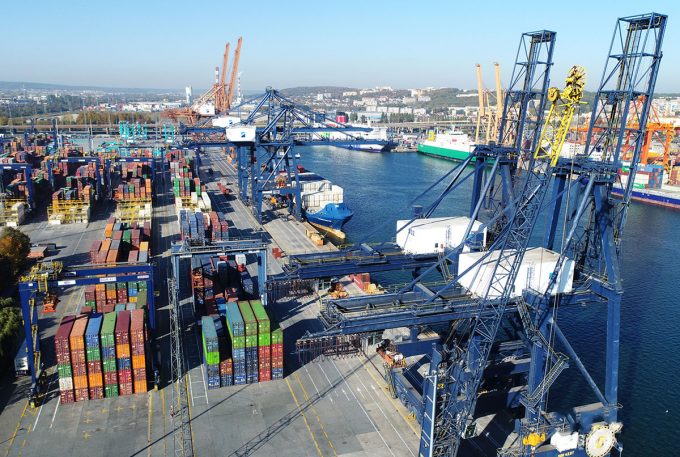Shipping lines begin to relax freight rules for Ukraine with 'trusted partners'
Shipping lines handling Ukrainian cargo are beginning to loosen the terms on which freight can ...

Congestion at Constanta caused by Ukrainian imports is also stifling critical grain exports, as forwarders look for new routes for Ukrainian goods as costs in Romania increase.
Ukrainian freight forwarders that Odessa consultancy Informall has spoken with, say Romania’s container yards are operating at capacity as ...
Four crew members still missing as Wan Hai 503 continues to burn
Explosions and 'out-of-control' fire reported on Wan Hai box ship
Predatory rivals circle as the ripples from DSV's Schenker buy widen
MSC Elsa crew face criminal probe, as Wan Hai 503 firefighters battle on
'It's driving us mad', say forwarders as US court fails to end tariff turmoil
Transpacific rates ease as capacity boost proves too much for trades to digest
European port congestion easing – for now
CMA CGM 'testing the water' of the Suez Canal for more services
Flexport: Sanne Manders talks profitability, fire-sales and Dave Clark
DSV insiders hit back at Kuehne & DHL GF – got a 'pro integration' going
More legal trouble in India for MSC: feeder vessel detained after box ship disasters
DHL makes €500m bid to increase its presence in 'fast-growing Gulf markets'

Comment on this article